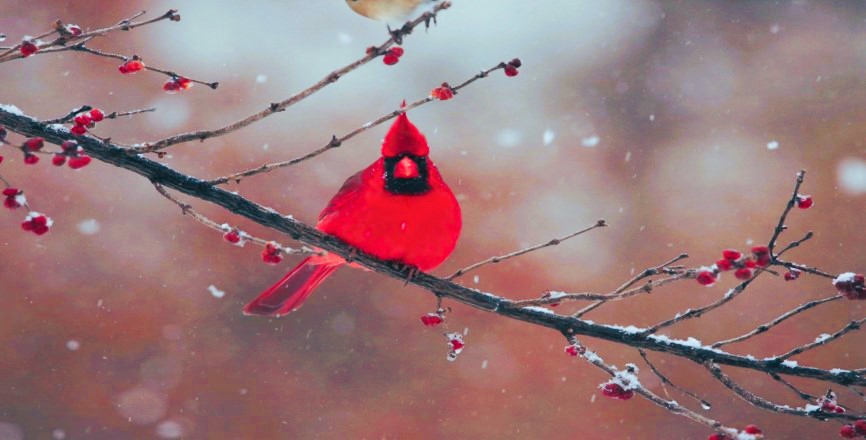Back Yard Bird Feeding
Written by Dennis Patton, Horticulture Agent

Feeding the birds is an enjoyable backyard hobby. For many, gardening and bird feeding go hand in hand. Incorporating escape cover into your landscape plans with trees, shrubs, or brush piles near the feeders will help the birds feel welcome and safe while they feed, provide shelter, and offer locations to raise their babies. Adding native plants to the mix provides nutritious natural food sources.
Birds need a steady supply of food, water, and shelter and often struggle to find reliable food and water sources in winter. Drought conditions will also impact the amount of natural food available from native plantings. Supplemental backyard bird feeding is one way we can help. Like most people, I started by only feeding in the winter, but now I provide food year-round.
Various bird food mixes are on the market, as birds can prefer different grains. You want to avoid buying mixes with milo or grain sorghum. These are primarily filler ingredients that backyard birds kick out of the feeders while they look for the main course. They will not eat it.
The seed with the most universal appeal to birds is the black oil sunflower seed. If you are new to bird feeding and want to get started, this is an excellent place to start — it attracts a diverse mix of birds to the feeder. Alternatively, if you feed with a mixture of seeds, ensure it is one of the main ingredients. White proso millet is the second most popular seed at the feeding stations.
As you become more interested in bird feeding, you may want to use several feeder types and locations, each stocked with a different seed or grain. Each type of feeder attracts different birds; some species are perch feeders, while others like to scavenge the ground for a meal. Cardinals especially enjoy a platform or tray feeder. Here is a handy list of favorite food sources for birds.
- Black oil sunflower seeds – superior food for most species. A favorite of the Cardinals.
- Black striped sunflower seeds – most species will use, preferred by titmice and blue jays.
- Gray striped sunflower seeds are less preferred than other sunflower seeds.
- Safflower- also beloved by cardinals. Deters grackles and starlings.
- Sunflower hearts- no seed shell residue, preferred by most birds.
- White proso millet – favored by juncos, mourning doves, and sparrows.
- Red proso millet - can be a substitute for white millet.
- Peanut kernels - eaten by many species, including blue jays and nuthatches.
- Niger thistle seed – preferred by finches but also many other species.
- Cracked corn – not as desirable and may attract other non-invited guests.
- Suet, an animal fat mixture – for high-energy birds such as woodpeckers, chickadees, and titmice. It provides a tremendous fat energy resource when the weather is cold.
I have two feeders. I feed the sunflower chips in the one closest to the house, which is in a garden bed. The advantage of this seed is that the shell has been removed, reducing the shell debris around and under the feeder. The cost seems more expensive, but you are not paying for any waste. It also saves me from weeding bird food sprouting in my garden. I use a mixed feed which creates waste debris in a more open area.
Water is an essential element attracting birds and is equally important as food. This should be a consistent, reliable supply of fresh, clean water for drinking and bathing.
While not an expert, I enjoy attracting our feathered friends to the backyard. They add vibrant life, color, and song to the landscape. Whichever variety of feed you choose, you will be sure to enjoy the sights and sounds of appreciative birds in your garden.

